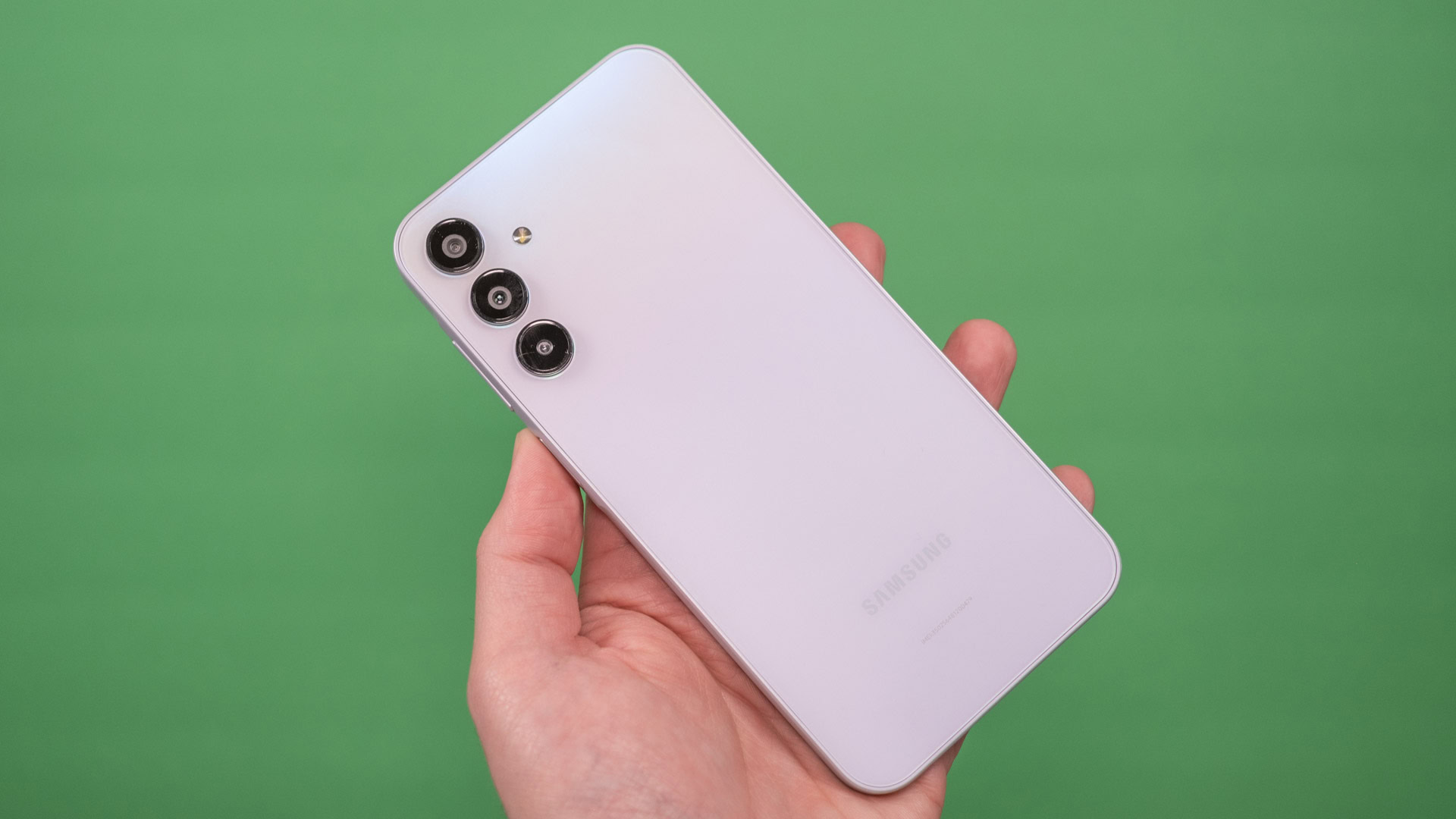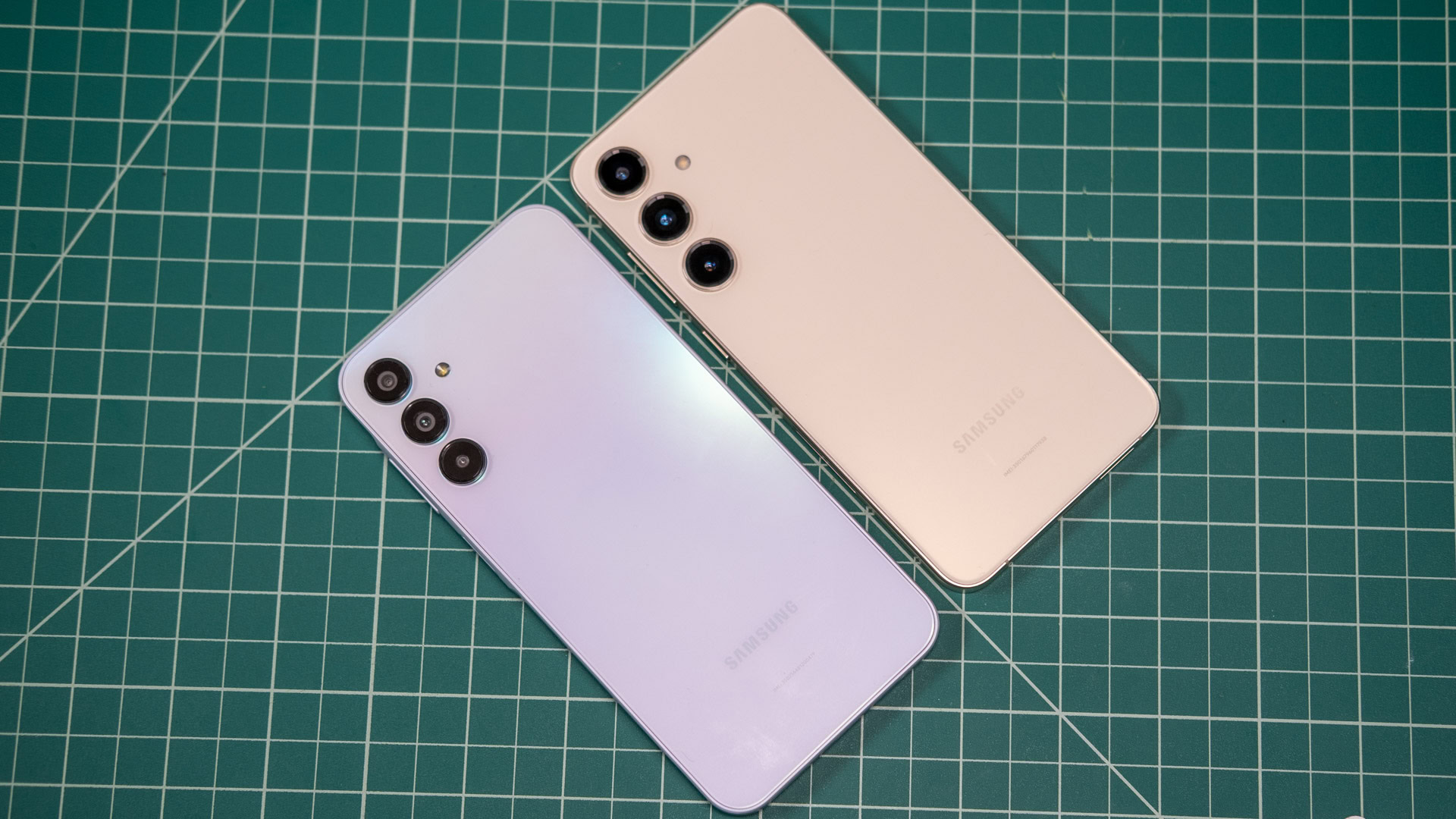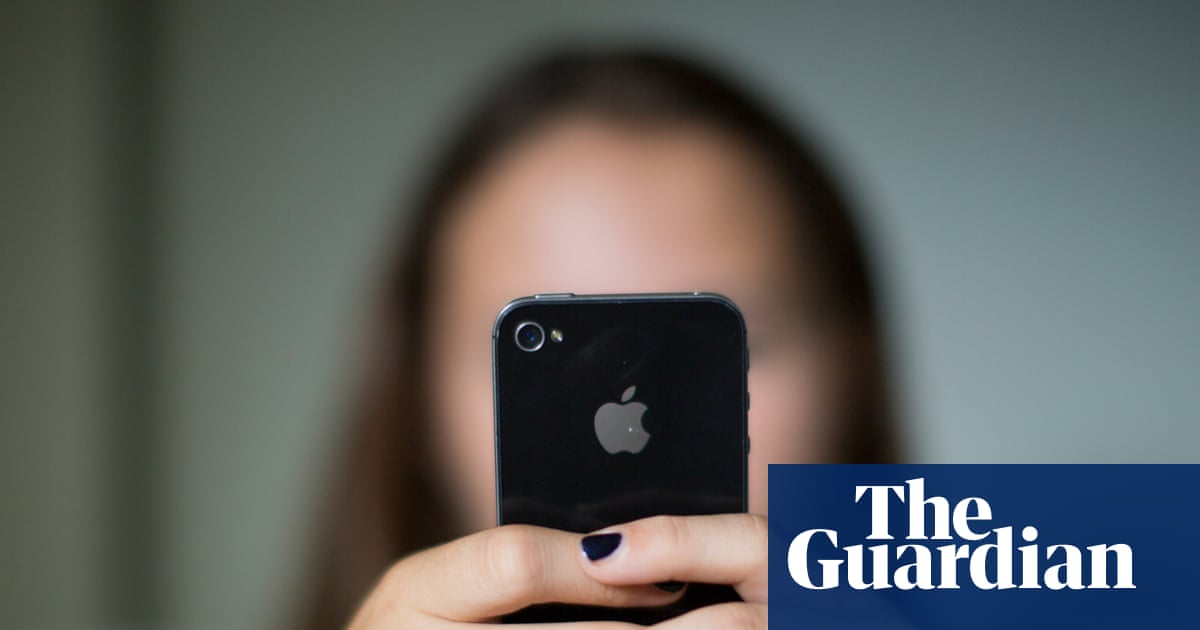Ryan Whitwam / Android Authority
Whether you can’t wait to let go of your current Android phone or can’t imagine living without it, there will come a time when you’ll have to upgrade. I reluctantly faced this fact earlier this year when my beloved six-year-old phone finally showed signs of fatigue. More recently, my mom had to deal with the same problem.
She’s been using the same budget Android 10 phone for nearly four years now, a device that still works but no longer runs the apps she needs. So, naturally, it was time for a newer device with swifter hardware and fresher software.
As I’m the resident family tech support officer, I was the go-to for recommendations. Below, I detail what I suggested my mom buy, how I arrived at that decision, and what she ultimately chose.
How do you help a non-techie choose a new smartphone?
4 votes
How I helped my mom choose a new smartphone

Joe Maring / Android Authority
As much as I’d want to suggest all friends and family purchase foldable phones or bleeding-edge flagships, this just isn’t sensible or possible. Most people cannot afford to spend thousands of dollars on a new phone, and not everyone utilizes the full range of available features. For most people, a cheap, humble budget Android phone covers 99% of their daily digital needs.
My mom falls into this category, and I’m sure that many of you do, too. She really liked a few things about her old phone, which I wanted to replicate as much as possible with her new device. It packed dual-SIM capabilities, featured a massive display, had a reliable camera, and a decent battery. She hasn’t tossed it into the obsolete tech drawer, either. She continues to use it, but primarily for WhatsApp and general communication purposes.
For most people, a cheap, humble budget Android phone covers 99% of their daily digital needs.
In short, the goal with the new phone wasn’t to completely replace her current device but rather to supplement it with a more capable secondary handset. I also wanted to ensure that when it eventually becomes her primary phone, she can still find some of the features she grew to like on her older device.
With that in mind, I identified a few key items on the purchasing checklist. These non-negotiables included:
- User-friendliness: I wanted the new device to be easy to use, with a large display, generally responsive daily performance, and a big battery. A capable camera would be a bonus rather than a necessity.
- Reliable with an established user and service base in my country: I considered fringe brands, but I wanted to suggest a company with a strong presence in South Africa. If she has an issue with that device at a later point, she could easily address it.
- Near-current Android version with an update promise: The latest version of Android was not a priority, but I wanted to ensure that this phone still had a few software updates ahead of it and could run the latest apps.
- Network availability: Importantly, this phone would be a part of my dad’s mobile contract, so it needed to be supported by their mobile network.
- Affordability: Finally, I wanted this device to fall within her price range.
There are myriad devices available out there, but it’s surprisingly difficult to identify all of these items in a single device. Nevertheless, after considering all this and browsing the catalogues, I suggested she go for the Samsung Galaxy A15 5G.
Why I recommended a cheap Samsung smartphone

Ryan Whitwam / Android Authority
You’re probably shouting at your screen since I’ve suggested one of the cheapest, least capable Samsung devices on the market. But there’s a good reason why these phones sell so well.
To start, South Africa usually sells year-old smartphones as new devices. While the latest options are available, the previous year’s device is usually dramatically cheaper, hence my recommendation of the Galaxy A15 5G, not the latest Galaxy A16 5G.
Despite its age, the Galaxy A15 5G covers almost all the bases I identified. It features a surprisingly great 6.5-inch OLED display and a 5,000mAh battery that can easily last three days, given my mom’s modest smartphone usage. It also offers an approachable software experience courtesy of One UI. As of 2025, I can expect this phone to receive two more Android upgrades, bringing it up to Android 18 in 2027. That should ensure plenty of future compatibility with Android apps. Best of all, the phone is affordable. Granted, it was not the cheapest option in contract form, but I’d argue it’s a worthwhile compromise.

Ryan Whitwam / Android Authority
And yes, the Galaxy A15 5G may have mediocre auxiliary cameras, subpar performance for power users, and somewhat dated styling, but none of these features were at the top of my mom’s must-have list. When picking a device for someone else, you must identify what they want, not what you want.
That all said, there is a twist in the tail of this story.
My mom didn’t actually pick the Galaxy A15 5G. As mentioned, that particular phone was a few rungs too far up the contract ladder to make it a good value option. So, my parents decided on the Galaxy A05s instead.
When picking a device for someone else, you must identify what they want, not what you want.
The 2023 budget Samsung phone is not a terrible option, either. As it’s even older, it’s much cheaper than the Galaxy A15 5G. Sure, it only packs two promised upgrades from Android 13 to Android 15, but that still gives the phone plenty of buffer years for running essential apps, and should see out the life of the contract itself. More importantly, it packs an even larger display and the same battery size.
While I didn’t specifically recommend it, I think it was a good decision. My mom has had the Galaxy A05s for several months now and hasn’t uttered a bad word about it yet.
How to help non-techies choose their next smartphone

Ryan Whitwam / Android Authority
So, why did I feel the need to write this article? We’re nearing the time of year when non-technical family members and friends gather around to ask us, “Which smartphone should I buy?” And as much as we all want to recommend the best and brightest, I wanted to explain how I help guide others to pick their perfect phone. Take the time to consult with them, understand their core needs, and base your suggestions on that.
Here are some questions I always ask people who want help in this regard:
- What do you like most about your current phone?
- What is the one thing you wish you could change about your current phone?
- Are you paying cash for the phone or purchasing it on a contract?
- How much are you willing to spend (in total/per month)?
- Is there a brand that you like more than any other?
These five data points should help you shape your recommendations. They might not always choose the device you believe is best, but you’ll definitely help guide them towards their intended goal.
Thank you for being part of our community. Read our Comment Policy before posting.








